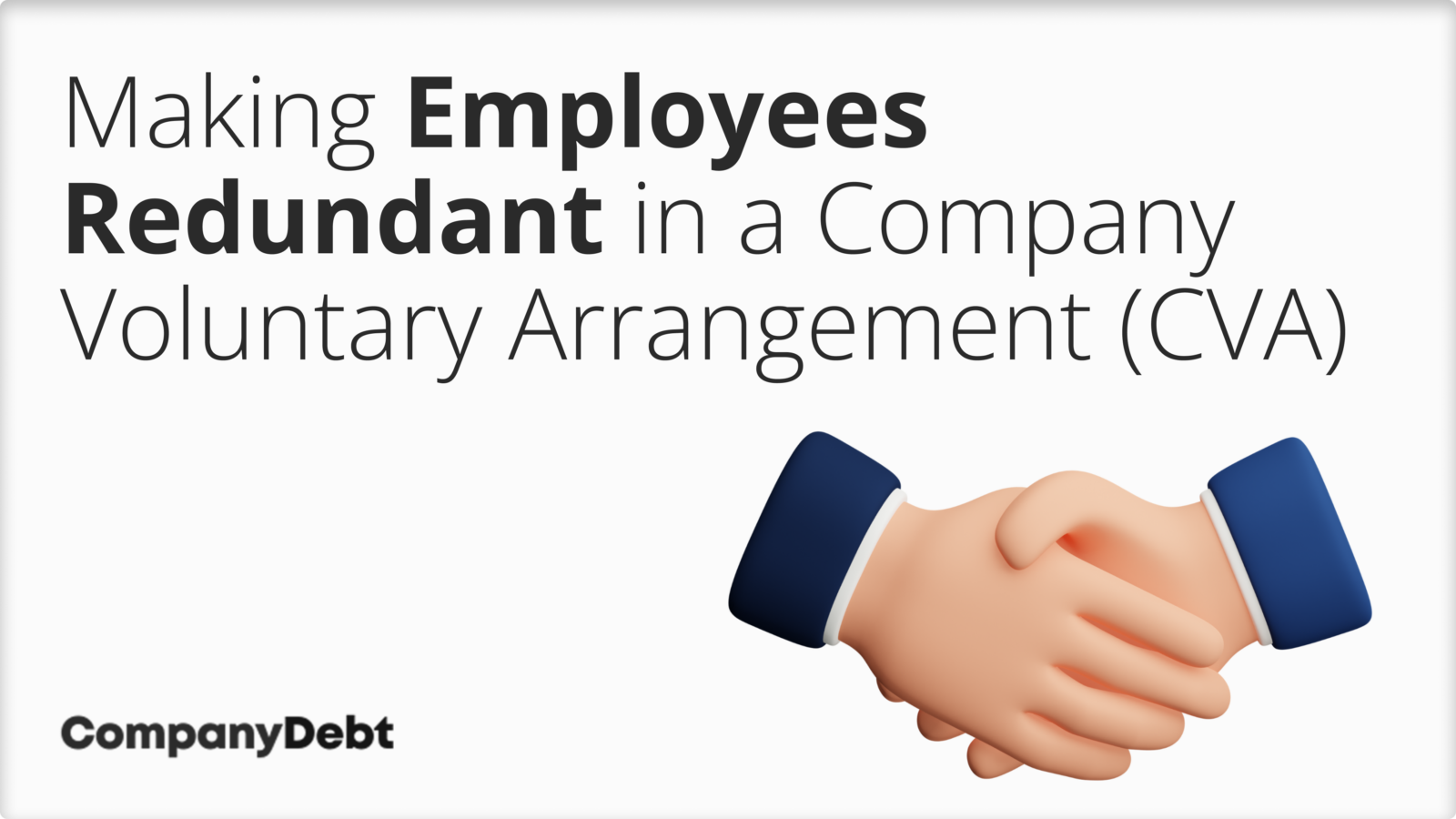Who Pays Redundancy Money? A Thorough Guide for Employers and Employees
Who Pays Redundancy Money? A Thorough Guide for Employers and Employees
Blog Article
Checking Out the Operational Dynamics of Business Redundancy and Its Long-Term Sustainability

Redundancy Strategies for Service Continuity
In order to make sure uninterrupted operations, businesses need to execute effective redundancy approaches for company connection. Redundancy in this context describes the duplication of essential parts or functions within a system to mitigate the effect of prospective failures. By integrating redundancy approaches, organizations can boost their durability versus disturbances brought on by different elements such as natural catastrophes, tools failings, or cyber-attacks.
One usual redundancy strategy is the implementation of backup systems and data storage remedies. This involves developing duplicates of essential data and systems that can be turned on in instance of a main system failing. Additionally, companies can develop repetitive communication channels and source of power to maintain connectivity and operations during unexpected events.
In addition, cross-training workers to do numerous duties within the business can act as a beneficial redundancy technique. If essential employees are inaccessible due to ailment or other reasons, this ensures that necessary tasks can still be brought out also. In general, efficient redundancy strategies are necessary for organizations to copyright functional continuity and decrease the influence of prospective interruptions.
Influence of Redundancy on Organizational Resilience
Given the vital role redundancy techniques play in making sure business connection, exploring the effect of redundancy on business resilience comes to be critical for understanding the holistic operational characteristics of a business. Business strength refers to an entity's ability to adjust to interruptions, recuperate from troubles, and change when necessary while keeping core features. Redundancy, when strategically executed, can considerably add to enhancing a company's durability when faced with unanticipated difficulties. By having backup systems, employees, or processes in position, companies can much better hold up against shocks and continue procedures with very little disturbance.
Additionally, redundancy can boost staff member morale and confidence, knowing that there are contingency plans in location to address unanticipated scenarios. This sense of safety and security can cause increased productivity and a more positive workplace. Additionally, redundancy can cultivate development and creative thinking within a company as employees really feel encouraged to take computed threats, recognizing that there is a safeguard to sustain them in instance of failure. Overall, the impact of redundancy on organizational resilience is extensive, shaping try this web-site the long-term sustainability and success of a business.
Balancing Efficiency and Adaptability in Redundancy
Achieving a harmonious equilibrium in between operational effectiveness and flexible adaptability is an essential obstacle in the calculated implementation of redundancy within companies. Effective procedures are crucial for maintaining performance and cost-effectiveness, ensuring that resources are used ideally. Nonetheless, excessive focus on performance alone can cause rigidness, making it difficult for companies to adapt to unforeseen modifications or difficulties. On the other hand, versatility allows companies to react nimbly to progressing scenarios, fostering advancement and strength. Yet, excessive adaptability without a strong operational structure can lead to inefficiencies and variance.
To balance performance and flexibility in redundancy preparation, organizations should carefully examine their operational needs, market characteristics, and critical goals. Applying lean techniques can enhance performance by enhancing procedures and removing waste, while fostering a culture of versatility and constant renovation can enhance flexibility. Furthermore, spending in cross-training programs and durable communication networks can help cultivate a versatile workforce with the ability of dealing with varied tasks during durations of shift. Eventually, discovering the appropriate equilibrium in between performance and versatility is essential for constructing a resilient and sustainable organization despite unpredictability.
Long-Term Sustainability With Redundancy Preparation
To make sure enduring feasibility and security, organizations need to tactically align their redundancy preparation with long-term sustainability goals, thereby harmonizing functional performance with adaptive adaptability. Lasting sustainability through redundancy planning includes even more than simply temporary cost-cutting procedures. It calls for a thorough calculated strategy that expects future obstacles and possibilities. Firms ought to check out redundancy not as a responsive remedy to instant issues yet as an aggressive method for long-term success. By incorporating redundancy planning with sustainability goals, companies can develop a durable structure that can withstand various market variations and internal adjustments.

Aggressive Measures for Lasting Business Operations
Just how can business proactively improve their functional sustainability for long-lasting success? Implementing proactive procedures is vital for business intending to guarantee lasting procedures.
Furthermore, fostering a culture of constant renovation and learning within the company can enhance adaptability to changing market conditions and customer demands. Encouraging staff member involvement in decision-making procedures and supplying possibilities for specialist advancement can improve spirits, performance, and overall performance. Establishing clear objectives, monitoring crucial performance indications, and on a regular basis assessing development are important elements of positive sustainability administration.
Working together with distributors, consumers, and various other stakeholders to promote sustainable practices throughout the supply chain can develop a causal sequence of positive impact - redundancy pay if company goes bust. By taking aggressive actions towards functional sustainability, companies can build strength, drive innovation, and protect their lasting success dig this in an ever-evolving organization landscape
Verdict

In the realm of business monitoring, the strategic deployment of firm redundancy stands as a pivotal yet intricate practice that requires a delicate balance between operational effectiveness and long-term viability. By exploring the operational characteristics that underpin company redundancy and reviewing its wider implications for business resilience and flexibility, a nuanced understanding of how redundancy approaches can shape the future trajectory of a company starts to unfold.Offered the vital role redundancy methods play in making sure business connection, checking out the impact of redundancy on business resilience comes to be necessary for comprehending the holistic functional dynamics of a firm. Overall, the influence of redundancy on organizational strength is profound, forming the long-term sustainability and success of a business.
In conclusion, recognizing the operational characteristics of business redundancy is important for ensuring long-lasting sustainability.
Report this page